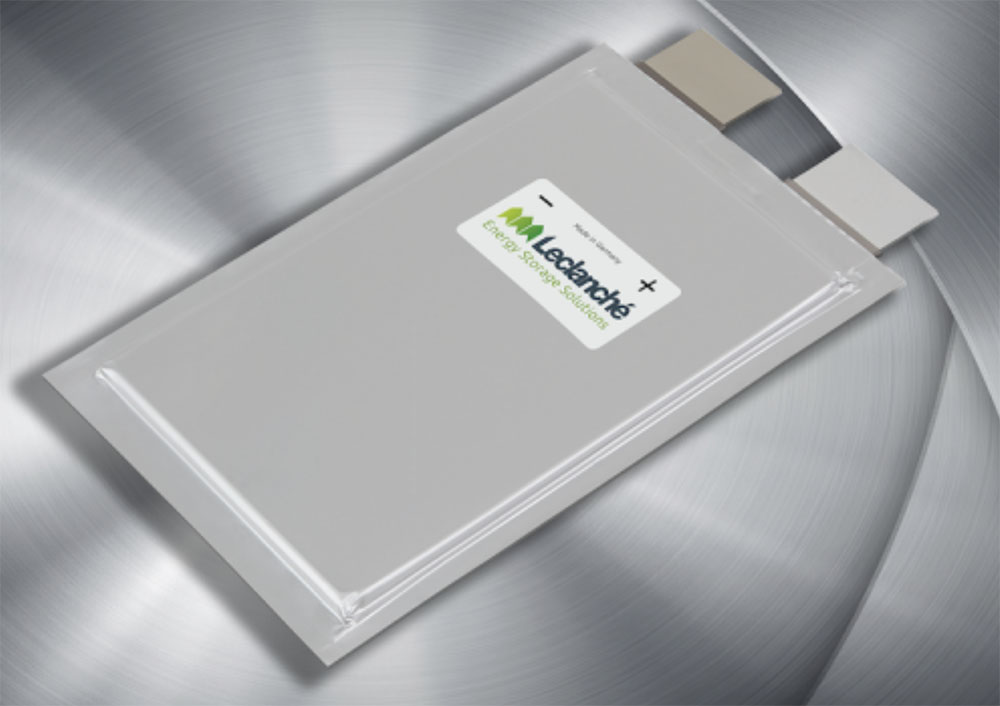[ad_1]
Leclanché’s aqueous process reduces cobalt usage in NMCA cells, eliminates toxic solvent

Swiss battery maker Leclanché says it has found a way to reduce the cobalt content in nickel-cobalt-manganese-aluminum oxide (NMCA) cathodes from 20% to 5%, by using in a new environmentally friendly water-based process.
The company’s G/NMCA cell has a nickel content of around 90%, which it says increases energy density and enables the reduction in cobalt content.
According to Leclanché, NMCA cathodes deliver 20% more energy density compared to conventional G/NMC cells. However, most manufacturers produce these cathodes using organic solvents such as NMP (N-methylpyrrolidone), which are highly toxic and harmful to the environment. In 2018, NMP was added to the list of Substances of Very High Concern, and its use has been restricted by the European Commission.
Leclanché has been using aqueous binders in its production process for around 13 years, and uses no organic solvents in the technically simpler process. This eliminates the risk of explosion, and the health hazard for production employees. The water-based process also allows Leclanché to dispense with energy-intensive processes for drying, flashing off and recycling the solvents, resulting in 10-30 percent lower energy consumption.
“With the water-based production of the high-capacity NMCA cathodes, we have reached a decisive milestone in lithium-ion technology,” said Dr. Hilmi Buqa, Vice President of R&D. “Until now, producing them using environmentally friendly processes was considered impossible, but now we have mastered the process.”
Leclanché’s new G/NMCA cells are expected to be available on the market in 2024.
Source: Green Car Congress
[ad_2]
Source link





